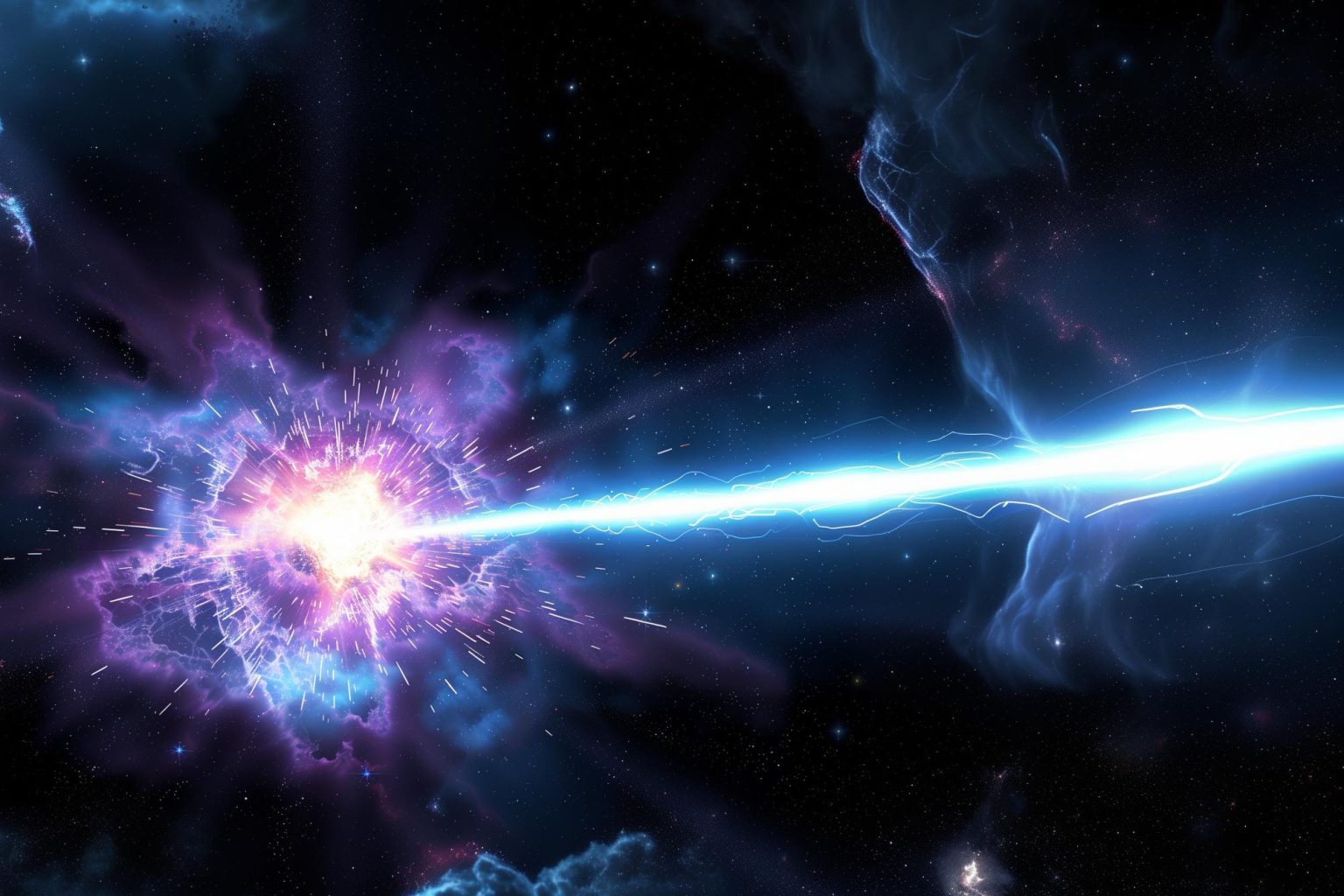Key Takeaways:
- GPM J1839–10 emits radio bursts every 22 minutes, a pace unlike any known pulsar.
- The source’s behavior doesn’t match that of known pulsars, magnetars, or white dwarfs.
- First detected in 1988, GPM J1839–10 emits bursts ranging from 30 to 300 seconds.
- Observing this phenomenon requires long-duration and high-cadence equipment.
- Discovering similar objects may help explain GPM J1839–10’s puzzling emissions.
_____________
GPM J1839–10’s 22-minute interval makes it the slowest-known repeating radio burst source.

A Unique New Pulsing Object
The discovery of GPM J1839–10, a mysterious object emitting steady radio bursts every 22 minutes, has sparked intense interest in the astronomy community. This interval is an anomaly, as it lies outside the range of typical pulsars, which usually emit signals at least once per minute. The behavior of pulsars is driven by the rapid spin and intense magnetic fields of neutron stars, with signals ceasing if the object’s spin slows. GPM J1839–10 defies this rule, continuing to emit pulses despite its extended interval.
Spotted during a scan of the galactic plane for transient objects, GPM J1839–10 emits at a much lower energy than typical fast radio bursts (FRBs). Its signal duration can range from 30 seconds to as long as 300 seconds, varying in intensity and sometimes skipping pulses entirely. Surprisingly, records show that GPM J1839–10 has been active since 1988, suggesting it’s far from transient but instead a stable, long-term phenomenon.
Mysterious Signals Without Explanation
The object’s unusual behavior leaves astronomers puzzled, as no known type of celestial body can explain it. GPM J1839–10 resembles a pulsar, which is typically a fast-spinning neutron star. However, all pulsars rotate quickly, often with gaps between pulses of milliseconds to seconds. This rapid pace maintains a strong magnetic field necessary for emitting radio waves. If a pulsar slowed down too much, it would stop emitting entirely. This principle rules out the possibility of a classic pulsar behind GPM J1839–10’s 22-minute cycle.
Other candidates, like magnetars, which are neutron stars with intense magnetic fields, fall short as well. Magnetars tend to emit high-energy photons and are expected to rotate faster than every 22 minutes. Checks of GPM J1839–10’s location found no significant X-ray activity, further disqualifying magnetars. White dwarfs with strong magnetic fields, while potentially slow rotators, do not emit the energy level observed in this case, and none exhibit the periodic radio signals seen in GPM J1839–10. Thus, researchers are left without a fitting explanation.
Future Exploration
The unusual qualities of GPM J1839–10 suggest the need for new methods to spot similarly slow-repeating radio sources. Catching the 22-minute pulses requires instruments to remain fixed on an area for extended periods, which demands significant resources. Researchers also face challenges observing GPM J1839–10 from within the dense galactic plane. Identifying similar objects might help uncover what powers these slow-pulsing emissions, potentially revealing an entirely new class of celestial object.
Astronomers are excited by the prospect of discovering more of these enigmatic signals, as they could hold clues to understanding phenomena yet to be explained. GPM J1839–10’s persistent, irregular radio bursts may one day lead to breakthroughs in our understanding of slow-pulsing cosmic bodies and offer new insights into the mechanics driving mysterious space objects.
Nature, 2023. DOI: 10.1038/s41586-023-06202-5 (About DOIs).




